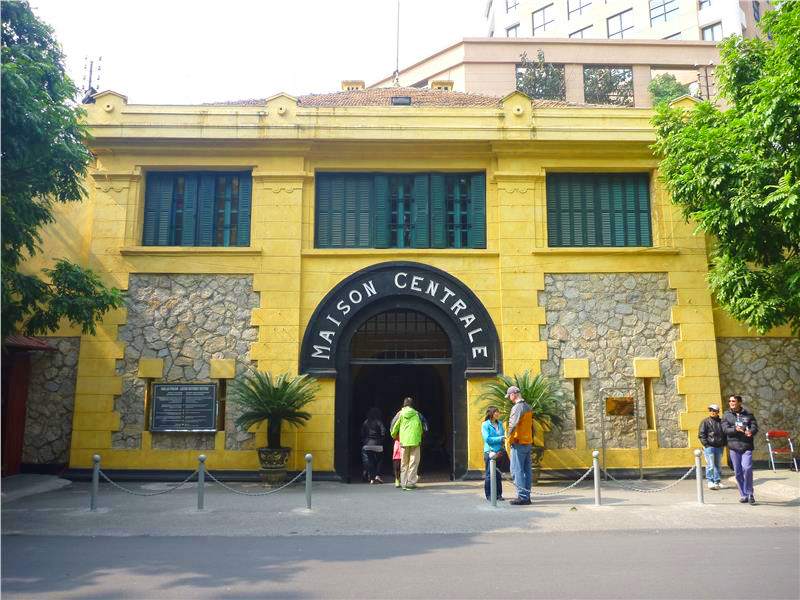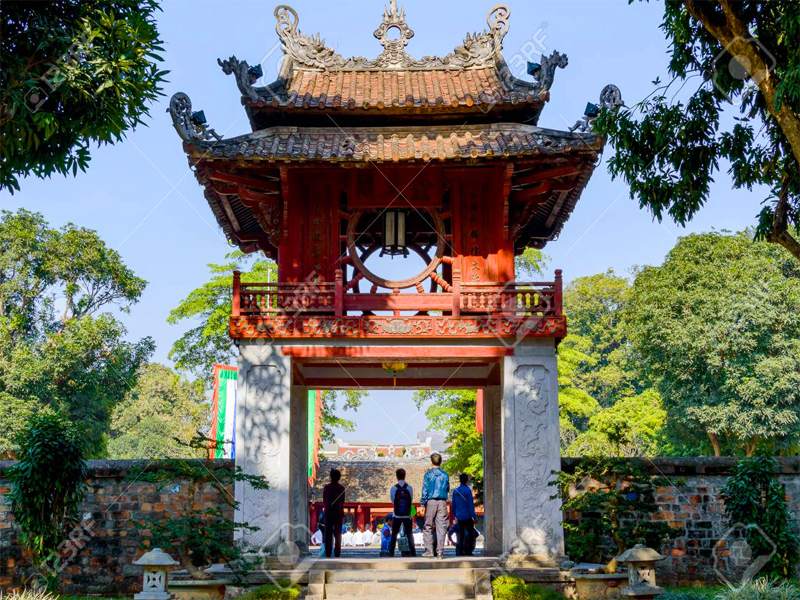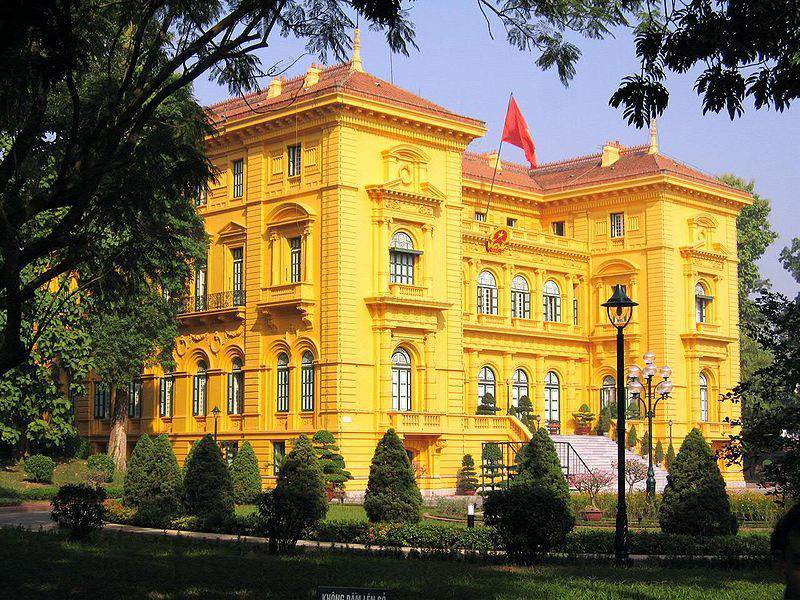One Pillar Pagoda
Hanoi is famous for its many architecture thousands of years old, including the One Pillar Pagoda - a sacred place. Visitors to One Pillar Pagoda do not stop admiring this impressive masterpiece of the ancients. Morever, this ancient temple also carries the cultural and historical mark of the nation.
One Pillar Pagoda
Hanoi is famous for its many architecture thousands of years old, including the One Pillar Pagoda - a sacred place. Visitors to One Pillar Pagoda do not stop admiring this impressive masterpiece of the ancients. Morever, this ancient temple also carries the cultural and historical mark of the nation.
The little temple is constructed from wood based on a single stone pillar crafted into the shape of a lotus blossom and has been rebuilt several times, most recently in 1955 when the base was destroyed during the French evacuation. The pagoda is often used as a symbol for Hanoi and remains one of the city’s most revered sights in a beautifully tranquil garden setting with benches provided for comfortable contemplation. The shrine inside the pagoda is dedicated to the Vietnamese Buddhist deity Quan Am with her effigy nestled inside the tiny three square metres temple.






One Pillar Pagoda Legend claims that The One Pillar Pagoda was built following a dream by the fatherless emperor in which the enlightened being gave him a baby son resting on a lotus flower. Emperor Ly Thai Tong commissioned the pagoda to be created in resemblance of this lotus flower which is also the Buddhist symbol of enlightenment. The Emperor remained in gratitude to the bodhisattva and subsequently to to Quan Am, the Goddess of Mercy following the birth of his son. Inside the temple a richly gilded statue of Quan Am takes centre place at the main altar. After the temple was completed loyal followers flocked daily to give thanks and support to the emperor, praying to Quan Am for a long and successful sovereignty. Today, the concrete pillar that supports the tiny wooden pagoda is a replacement for the original one which was blown up by the departing French, it remains unclear how much of the wooden temple is the original one. Another point of interest is a bo tree that grows behind the pagoda which legend state is an offshoot of the one under which Buddha became enlightened - the tree was given as a gift from India in 1958.
Spreading over thousands of years with numerous ups and downs of history, One Pillar Pagoda always retains the spirit of ancient Thang Long. The small fragile pagoda stills keeps enormous cultural and historical values. Its image is always majesty in the spiritual of the nation and is the symbolic image of the capital, firmly standing in endless time line. One Pillar Pagoda deserves to be a symbol of Hanoi, contributing to promote Hanoi tourism to international friends.












